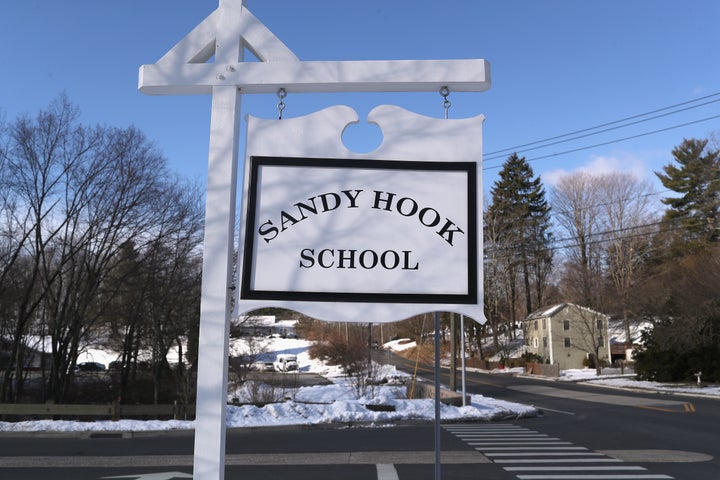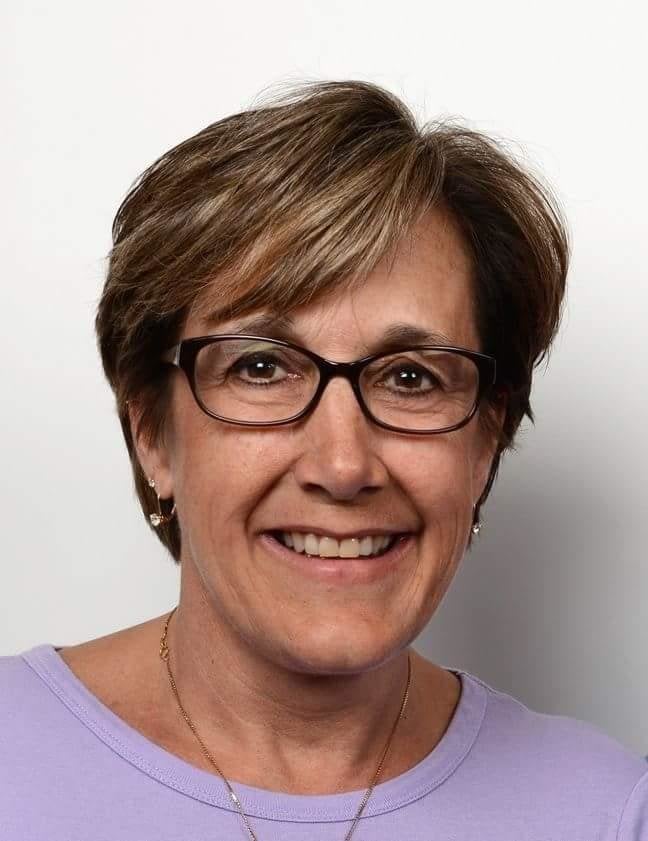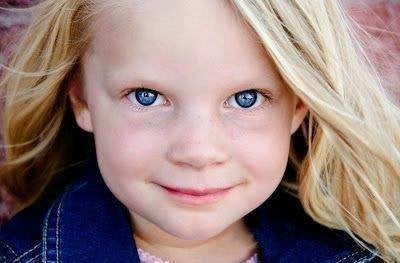
Dec. 14, 2018, marks six years since the shooting at Sandy Hook Elementary School in Newtown, Connecticut, where 20 children between the ages of 6 and 7, as well as six adult staff members, were killed. In the years that followed, parents and survivors, some of whom are featured in the accounts below, have dedicated their lives to fighting for change.
The following narratives, written by survivors of the Sandy Hook shooting and excerpted from the book If I Don’t Make It, I Love You (Skyhorse, 2019), provide intimate accounts of the transformative nature of trauma in the aftermath of a school shooting. The survivors here illustrate how they’ve practiced healing, forgiveness and faith in the wake of the Sandy Hook shooting.
Student Geneva Cunningham was in fourth grade at the time of the shooting.
When I was 9 and 10, I tried to forget it all. People wanted to help me forget, because a loud noise would go off and I’d get so upset that I couldn’t breathe, or even think. I also struggled to learn, make friends, or trust my own sense of reality. Now I want to remember, because I’m at the age of action and responsibility. … That’s somehow part of why I’m here.
Cindy Clement Carlson was in the library at the time of the shooting.

14, 2012.
Gradually the mind kicks back in and then decisions and realities came one after another. These subsequent months and years are the more difficult phase, the fraught part two. There’s training for a wild animal in the school, for high wind, for an active shooter. There’s no training for navigating the aftermath of a shooting.
So, attend every funeral for every child, but attend to your own child who was with her fourth-grade class that day. Go back to school right away, but don’t go back too soon. Describe forgiveness, but don’t prescribe forgiveness. Put this sticker on your car, but not that one. Support grief this way, but not that way. Greet victims’ families in the grocery store, but please leave them alone. Catalog this book for the school library, but not that one. Arm teachers, but get guns out of schools. Tear down the old school, but keep a school in Sandy Hook. Slowly the mind grasps that the dead can never be brought back, yet you can’t stop that mind from churning out ways you could make it better and it’s all made worse by a town full of opinions.
As a staff and individually, we navigated the push and pull of how to honor the dead, where to spend your time, how to volunteer, when to make your donations, how to manage your emotional capacity, when to care for yourself. It was easier when the horrified mind took control of the body. It was easier not to have any decisions to make.
The Newtown Bee, the local newspaper, in a front-page editorial on the five-year anniversary pointed out that, “What we have learned is that not all good intentions came across as they were meant.” It was an upsetting characterization of a community that has turned political points of view, hearts, schedules and philanthropic priorities inside out to support whomever needed it in the aftermath. How difficult the aftermath is, and the decisions it entails, hasn’t been easily understood.
Nevertheless, individually and collectively, survivors keep trying. We are grateful that our bodies and the bodies of our children are whole and we strive to support those who are not. So many are willing to share their stories with those who have and will suffer as we have. I’m grateful to those who listen.
Mary Ann Jacob was working in the library as the shooting unfolded.

When those of us who survived went home later that day, the first thing we had to do was be strong for our own children, several of whom also survived the shooting that day, and many of whom were school-aged children in other community schools. I can remember walking up to my front door, putting my hand on the doorknob and thinking, “Pull yourself together, you are about to see your kids,” before I turned the handle. Within hours of surviving one of the worst mass shootings this country has ever seen, we had no choice but to put aside our own grief and trauma to take care of those around us.
When the time came to return to school a few weeks later, the staff and the teachers were once again faced with the choice of whether to take care of ourselves or others. The school district floated the idea of bringing in substitute teachers if we were not up to returning, but not one staff member thought the kids should return to a school full of strangers. Without exception, the staff at Sandy Hook chose to be there to greet the surviving children as they returned to an unfamiliar school in a neighboring town. We held each other up as the days and weeks wore on, so we could be there day in and day out for the students.
The staff was largely left to fend for themselves in those early months, with little or no mental health support. Some of us were able to connect with support while others were not. Some of the earliest help offered was from surviving staff members from Columbine who wanted to come and support us. The school system refused to support the visit so we met off-site on a cold weekend in January. We learned then that other mass shooting survivors would offer us the best glimpse of how to navigate the path we were on. We subsequently also met with members of the Amish community who had suffered their own tragedy about five years earlier. Those bonds remain strong today.
Alissa Parker is the mother of Emilie Parker, who was murdered in the Sandy Hook shooting. Alissa is the co-founder of Safe and Sound Schools.

School shooting in 2012.
After Emilie died, I remember going out to our car to say a prayer with my husband, and as we started the prayer the words came to my mind, that everything was going to be OK, and that Emilie was OK. It wasn’t as if I immediately knew that everything was going to work out. I found that moment in the darkest time. That promise that everything was going to be OK. But at the same time, it felt almost impossible for that to actually happen.
Teacher Abbey Clements was in her classroom at the time of the shooting.
A few months after the tragedy, I started getting involved in the gun violence prevention movement and I haven’t looked back. Gun violence destroys people, families, neighborhoods, communities, schools, districts, towns, friendships, marriages, livelihoods and so much more. And the aftermath of such tragedy is larger and darker than you might imagine. I had to do something to be part of the solution.
Now I’m a volunteer leader with Moms Demand Action for Gun Safety fighting to chip away at our deplorable statistics. Americans are afraid to go to school, the movies, the mall, concerts, work, church, parking lots. We’re a traumatized nation.
But I work two full-time jobs to try to change that. I continue to teach at another school in Newtown, trying to build a generation of empathetic problem solvers. Educators teach peace and nonviolence. We teach conflict resolution by talking out problems. This is gun violence prevention too.
Susie Ehrens’ daughter witnessed the shooting while in the classroom of Victoria Leigh Soto, who died trying to protect her students.
The year after the shooting, we needed to be sure each child was placed with the “right” second-grade teacher. ... Abbey Clements was the exact right person for her at that time.
On some days, the constant battling of fear and anxiety left my baby girl exhausted, and she often fell asleep in school, and often in the arms of Mrs. Clements. And when she cried and told Abbey she missed Ms. Soto — Mrs. Clements simply held her and said, “I do too.”
At home ... it felt like we tried every therapy: trauma-focused [cognitive behavioral therapy], play therapy, grief therapy, talk therapy, equine therapy, tapping, aromatherapy, MNR, and art and music therapy. Ultimately, music therapy would prove to be the most effective. And there were many experts. Many experts who all told us they knew the solution. ... In the end, beyond family, it was the love of Mrs. Clements, a teacher, that softened my daughter’s heart and opened her mind. In so many ways, Mrs. Clements brought my daughter back to us. And for that, there are no words to truly describe the gratitude in my heart.
My daughter has many years to decide what she wants to do with her life. But this year, she has decided she wants to be a teacher at Sandy Hook School. I can’t imagine the courage it will take for her to walk in that school and teach and breathe life into children. The joy of her conquering her greatest fear, is beyond my adult comprehension. Perhaps because my daughter knows firsthand what the love of a good teacher can do for a child.